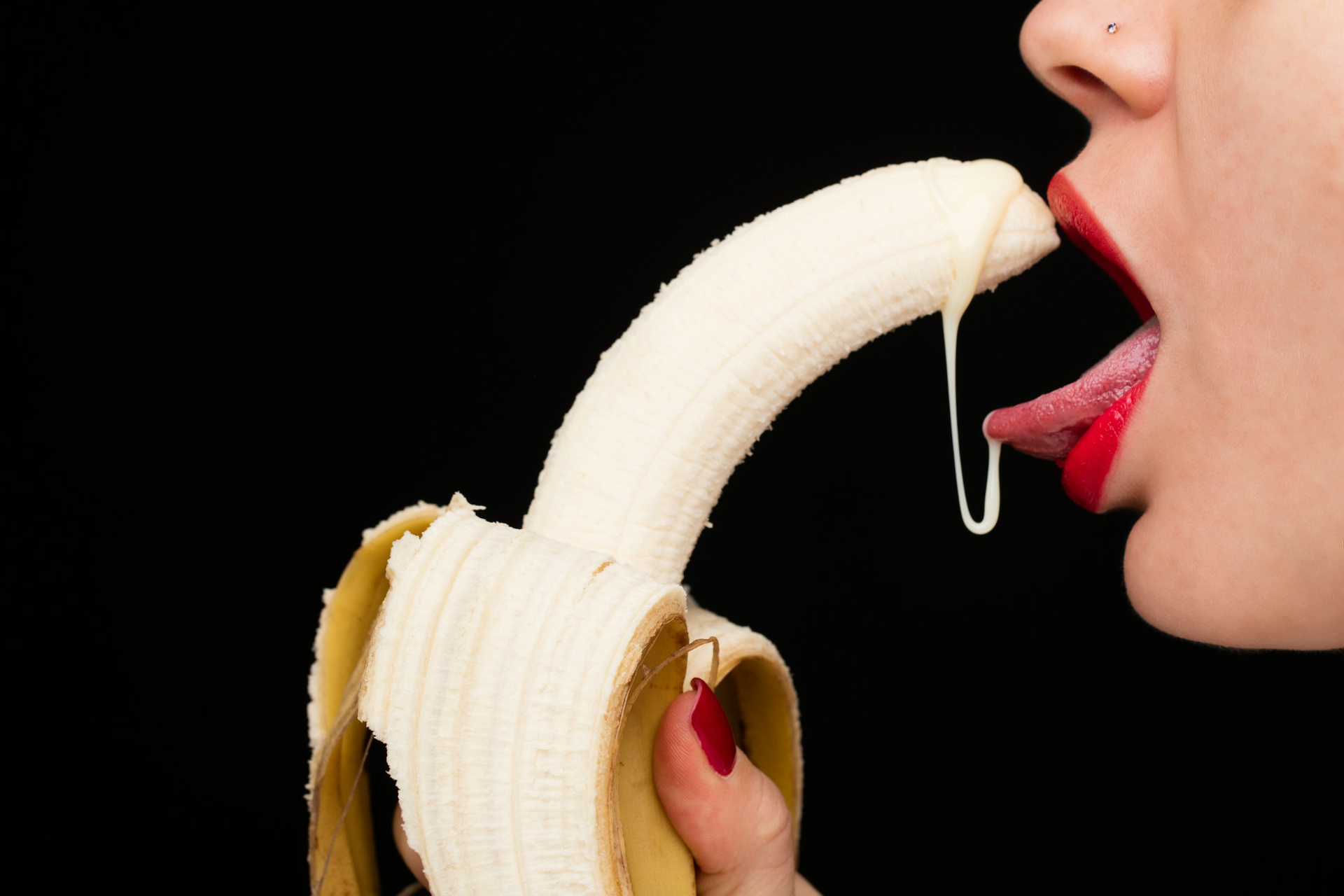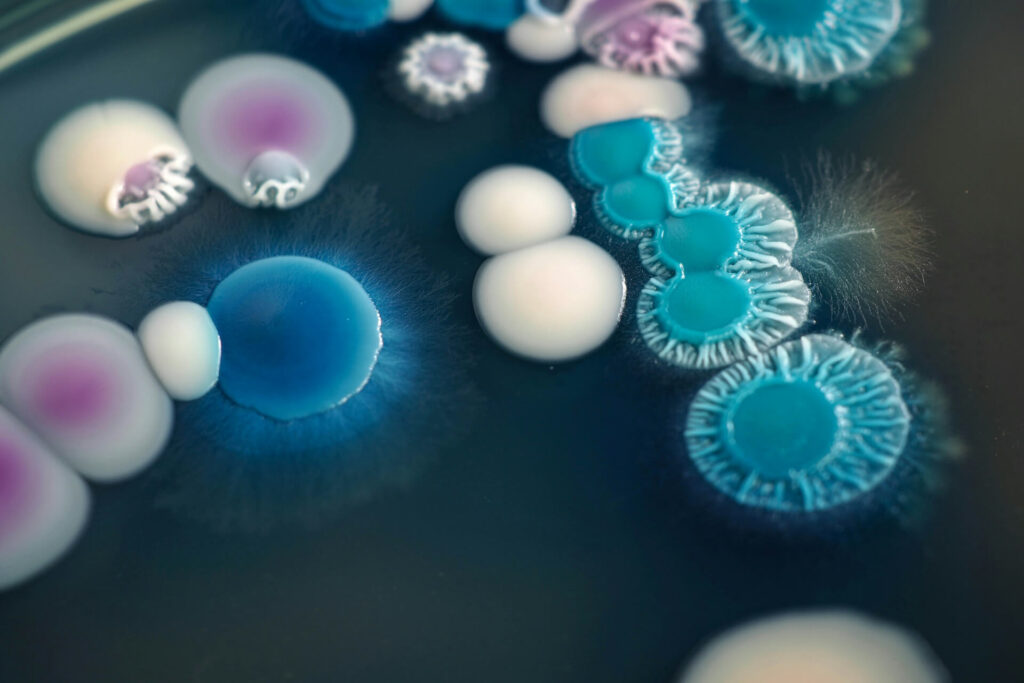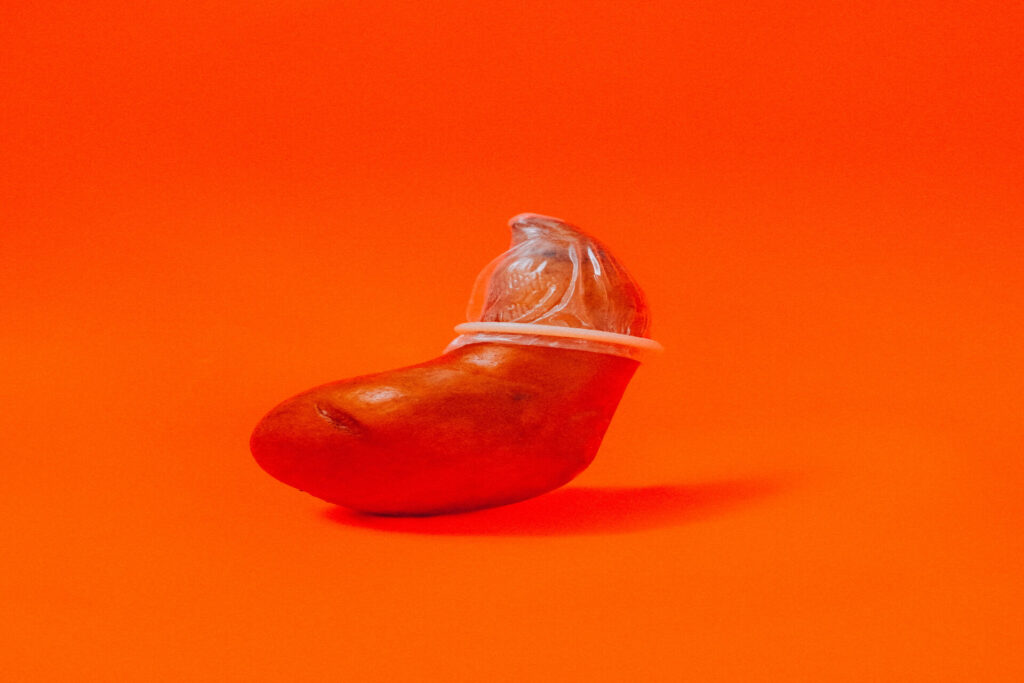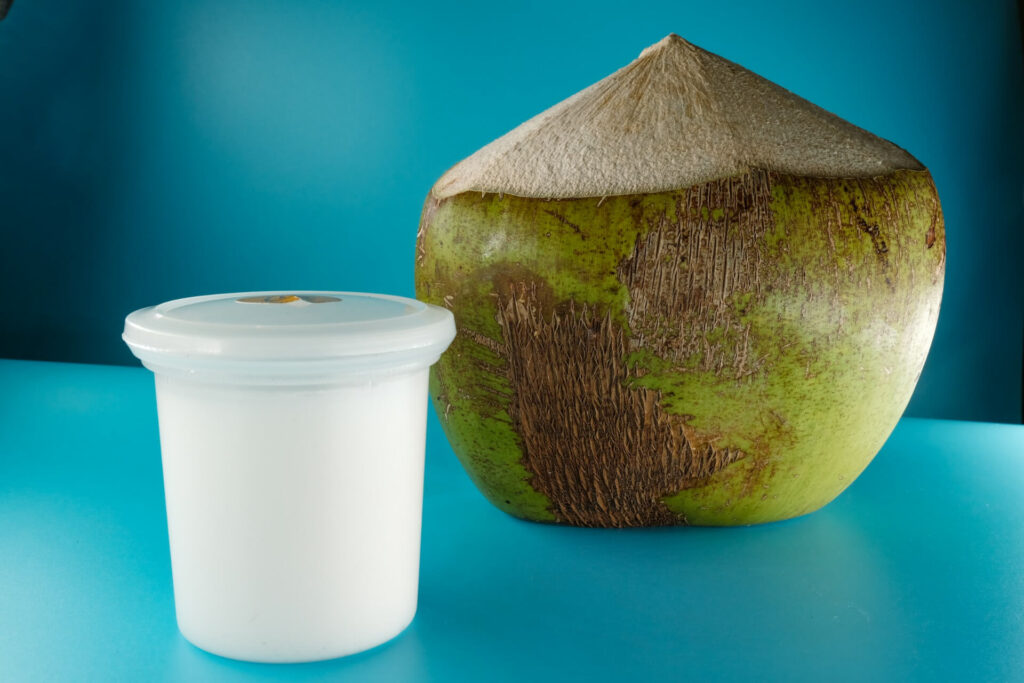
Body + Mind is reader-supported. We may earn an affiliate commission when you buy through some of the links on our site.
You wake up with itching, irritation and discharge, and your first thought goes to the night before. You had sex, and now your body feels off. Can sperm cause a yeast infection, and is your partner’s semen to blame?
It’s a common question, especially when symptoms show up so soon after sex. While yeast infections aren’t sexually transmitted in the traditional sense, there is a connection between sperm, sex and the delicate balance of your vaginal health. Understanding how semen interacts with your body and what might trigger a yeast flare-up can help you protect your comfort and peace of mind.
What Is a Yeast Infection?
Why It Happens and How the Vaginal Biome Works
Other Contributing Factors
Prevention Strategies
Home Remedies for Yeast Infections
When to See a Healthcare Provider
More Questions About Yeast Infections
A yeast infection, or candidiasis, happens when Candida albicans — a fungus normally present in the vagina — overgrows. You might experience itching, soreness, pain during sex and discharge that resembles cottage cheese and smells yeasty like bread.
It’s common, with around 75% of women experiencing it at least once.

Your vagina stays healthy when it’s slightly acidic — a pH of 3.8 to 4.2 — but sex and sperm can affect this. The normally acidic environment supports beneficial lactobacilli that produce lactic acid and natural hydrogen peroxide, which acts as a frontline defense against infections.
Semen is naturally alkaline, with a pH of 7.2 to 8.0, and has more alkaline levels that potentially indicate infections. When it enters your vagina, it temporarily raises the pH, disrupting the acidic environment and weakening your body’s defenses. That shift can help Candida multiply, though only if other risk factors are present.

Sperm does not directly cause yeast infections. It can alter your vaginal pH and disrupt the microbiome enough to allow any existing Candida to multiply. Semen may also introduce bacteria that alter your vaginal biome.
In an older lab study, semen supported Candida growth but not as strongly as culture medium, meaning that the real-world impact depends on your baseline vaginal health.
Sexual activity, including friction, saliva, lubricants and semen, can introduce microbes or upset the pH, increasing infection risk. Semen, in particular, raises alkalinity, and condom use helps reduce this disruption. When Candida growth goes unchecked, it produces byproducts like ammonia and acetaldehyde, which can trigger effects like fatigue, brain fog and toxic headaches.

While it’s uncommon, it’s possible that your sexual partner can act as a carrier for the fungal spores. Men can carry Candida on their skin or under the foreskin — without them showing any signs or symptoms of infection — and pass it to you during intercourse. Around 15% of male partners may develop penile symptoms after sex with an infected woman, especially if they are diabetic or uncircumcised. If infections recur, it may be necessary to treat both partners.
These conditions can also tilt the balance toward yeast overgrowth:
Avoiding Candida growth is better than resolving it, so focus on prevention instead of cure.
Condoms keep the alkaline pH of semen from disturbing your vaginal environment. Eliminating friction also reduces the risk of vaginal tearing, which can create crevices where the infection thrives. It also reduces the risk of contracting a sexually transmitted infection from your partner during intercourse.
Urinate and rinse with warm water immediately after intercourse — don’t wait for the next morning. Avoid soaps or sprays that could irritate your sensitive tissues.
To reduce moisture buildup, wear cotton underwear and loose-fitting clothing. Change your underwear frequently with clean and dry sets to maintain a dry intimate area.
Monitor antibiotic use, blood sugar and stress levels to maintain healthy flora. Avoid excess sugar and try to engage in gentle exercise.
Some home remedies may offer short-term relief if you’re dealing with mild symptoms or waiting to see your doctor. While they’re not replacements for medical treatment, especially in severe or recurrent cases, these options might help soothe irritation and restore balance:

| Important: If this is your first yeast infection, symptoms are severe or you’re not sure what you’re dealing with, talk to a healthcare provider before trying home treatments. Misdiagnosis is common, and some natural products can disrupt your vaginal pH even more. |
See your provider if symptoms persist after a week of over-the-counter antifungal treatment. You experience four or more yeast infections a year, and your symptoms include fever, unusual discharge, pain or odor.
Doctors can test for Candida, sexually transmitted infections and diseases or bacterial vaginosis from Lactobacillus imbalances — a different infection often caused by pH imbalance from sex.
Not sure if you have bacterial vaginosis or a yeast infection? This video will guide you through the symptoms.
Yeast infections affect the vaginal area and are caused by an overgrowth of Candida, not by ingestion. Swallowing semen doesn’t impact your vaginal microbiome or lead to a yeast infection.
Symptoms can appear within 24 to 72 hours, especially if the vaginal pH is disrupted or if you’re prone to infections. However, not all post-sex irritation is a yeast infection — itching or burning could also signal bacterial vaginosis or a reaction to products like lube.
Condoms act as a barrier, preventing semen from altering your vaginal pH. They also reduce exposure to your partner’s skin flora, which may help lower the risk of infection.
It’s possible, especially if your partner has oral thrush or if saliva disrupts your vaginal environment. Saliva has its own bacteria and enzymes, which can throw off your natural balance.
If you experience recurrent infections, it’s worth having your partner evaluated. Some men carry Candida without symptoms and could unknowingly reinfect you. In those cases, simultaneous treatment can help break the cycle.
Sperm itself doesn’t cause yeast infections. But the alkaline boost from semen can disrupt your vaginal balance — and if other risk factors are present, Candida can take hold. Understanding how pH, microbiome and behavior interact helps you protect your vaginal health and enjoy intimacy with peace of mind.
Your email address will only be used to send you our newsletter, and at any time you may unsubscribe. For more information, see our Privacy Policy.